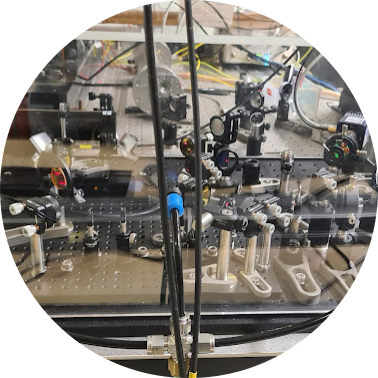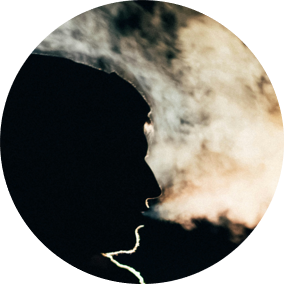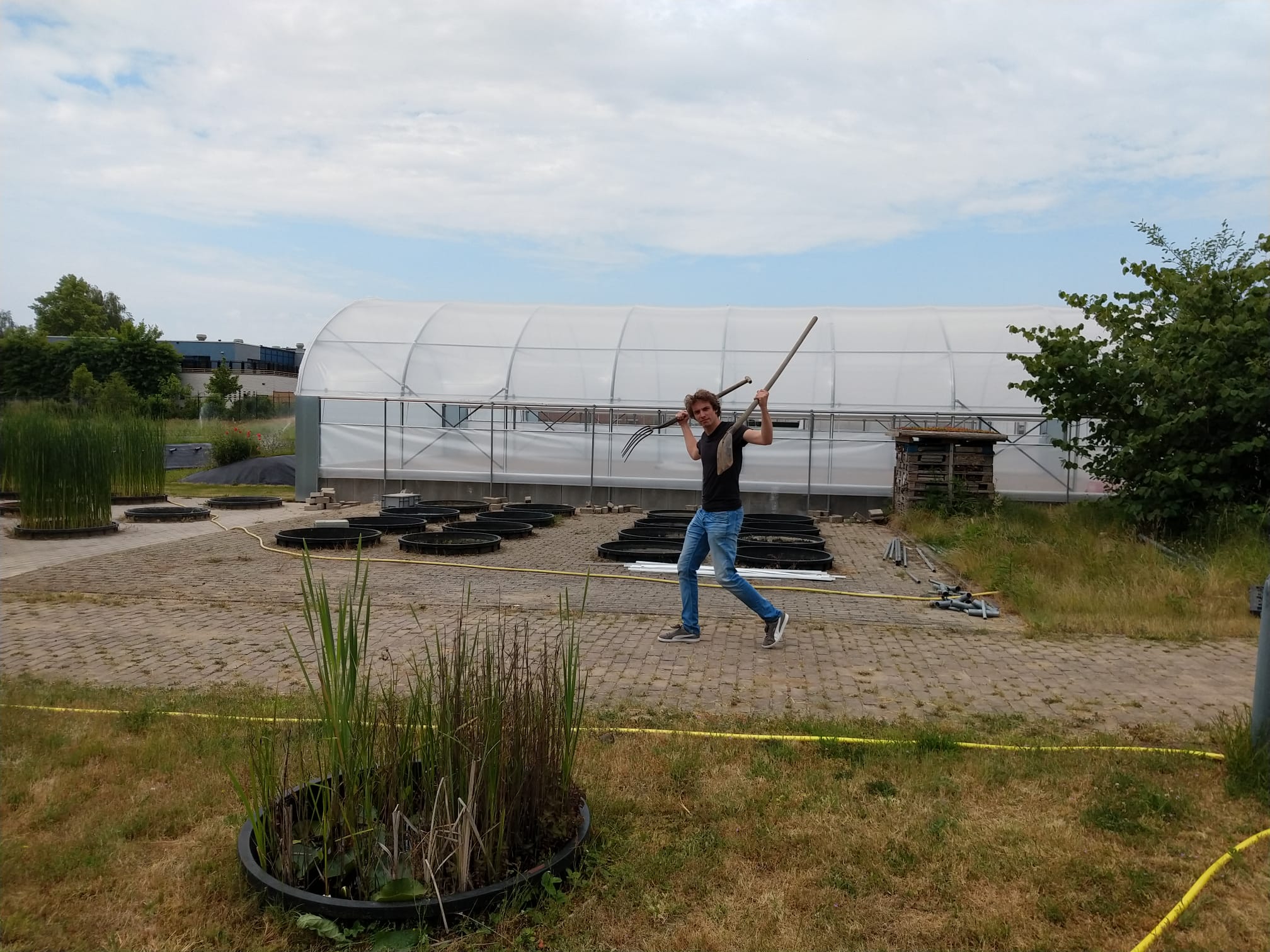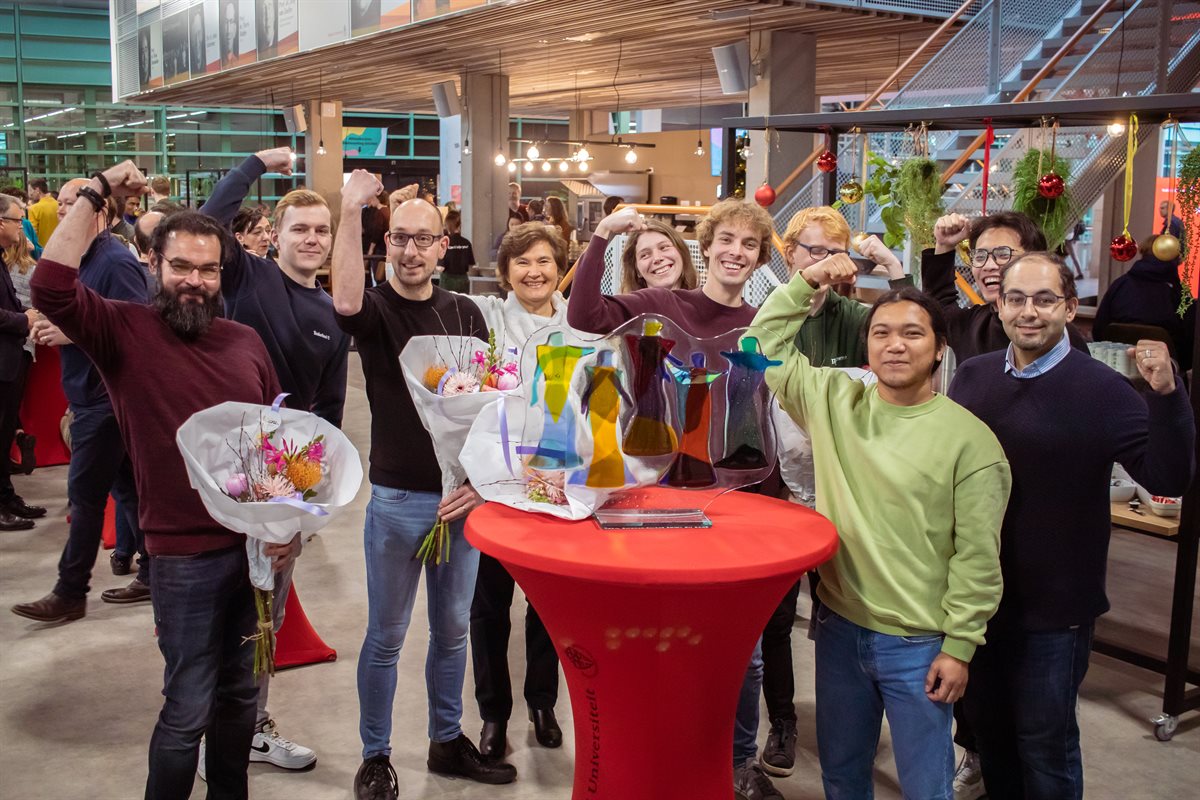Life Science Trace Detection Laboratory
Who are we?

The Life Science Trace Detection Laboratory (TDLab) focuses on reliable detection and quantification of volatile compounds in complex gas mixtures. We develop and apply techniques and analytical methodologies using state-of-the-art mid-infrared laser-based spectroscopy (e.g. with broadband supercontinuum sources and custom-made Fourier transform spectrometers) and high-resolution mass spectrometry (e.g. PTR-ToF-MS) for a wide range of gas concentrations (from sub ppb level to ppm and percentages).
We aim to develop gas sensing systems that can be deployed in the field for various applications, such as biomarkers detection for precision medicine, fruit quality monitoring, dairy farming, air quality monitoring, process control, plasma diagnostics, etc. Our lab is also open to external parties for analysis using our state-of-the-art instrumentation.
The group is part of the Department of Spectroscopy and Catalysis within the Institute for Molecules and Materials (IMM), bridging chemistry and instrumental physics. We participate in the IMM research themes Structure and Dynamics of Molecules and Chemistry of Complex Systems
What do we do?
Highlights

Postdoc positions available
01 December 2025 | Vacancies
We have several open Postdoc positions related to infrared spectroscopy with PICs and intrapulse difference-frequency generation-based laser sources, and open-path spectrosocpy. Find out more!

Joris Meurs featured in March 2025 issue of National Geographic magazine
03 March 2025 | Research news item
The collaborative research between TDLab and Naturalis Biodiversity Center on breath analysis of hay fever patients has been featured in the March 2025 issue of National Geographic magazine Find out more!

ExpACT: Exposome ACTions perspectives for a healthy air quality environment
8 November 2024 | Research news item
The ExpACT consortium, in which TDLab plays a large role, is awarded an NWA-ORC grant to look into exposure of people to compounds in the air.
#TDLife
Vacancies
At the moment, we have several open Postdoc positions related to infrared spectroscopy.Learn more about our current open positions













